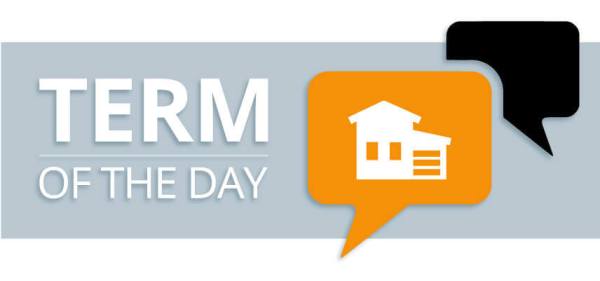Applying for a mortgage and buying a home is a long-term commitment, so it’s crucial that you know what sort of neighborhood you want to live in before signing on the line.
For some, the traditional 3-bedroom with a yard and picket fence is their ultimate home. For others, an urban atmosphere with local breweries and summer music festivals might be just the ticket.
What kind of Neighborhood do you see yourself living in?
Not surprisingly, “quiet and quaint” remains the most desirable atmosphere, but only slightly as one recent survey reveals. About one-third of Americans desire a neighborhood with a community feel, curb appeal, and traditional tree-lined streets the perfect suburban family neighborhood.
Twenty-eight percent of Americans said they want a neighborhood that has reasonably priced bars, restaurants, and coffee shops within walking distance. Considering that millennials make up more than a third of today’s homebuyers, the popularity of the urban vibe isn’t surprising.
Americans who prioritize a healthy lifestyle and the outdoors look for a neighborhood that has hiking trails, farmer’s markets, and organic farming. About 21 percent of Americans described themselves as “family-centric” and desired a neighborhood with plenty of playgrounds, libraries, and lots of activities for kids.
What about upscale, urban vibes? As it turns out, only about 9 percent of those surveyed wanted a neighborhood with fancy restaurants, bars, and retail stores.
A neighborhood that fits your budget is important. But living in an area with a neighborhood you love is just as essential, and it helps to make your house your home. What kind of neighborhood do you envision yourself living in when you are a homeowner or when you buy your next home?








